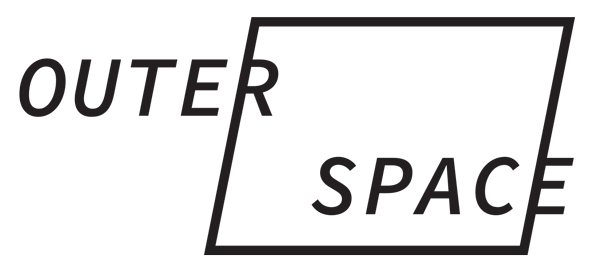Studio Artist Interviews: Tay Haggarty
2019
Tay Haggarty’s practice explores how reductive forms can be used as an open field to reflect upon personal and shared experience. These investigations take the form of collaborations, performances, videos, installations and sculpture. Haggarty uses industrial and ready-made materials that, when arranged within a space, heighten precarious elements through tension and balance. Their work is often minimal and site specific.
Website
Can you tell us a little about yourself? How did you become an artist?
My name is Tay Haggarty and my pronouns are they/them. I live in Meanjin (Brisbane) and enjoy multi-use objects, being outdoors and going to visit hardware stores. I’ve always been a maker, but I can’t distinctly remember a ‘how’ or ‘when’ this came about. I’ve forever enjoyed placing objects together, performing, collaborating and skill sharing.
How do you describe the work that you make?
The answer to this question will always shift but at the moment I enjoy making objects and movement-based works. I want to make work that registers slowly, so usually the forms are very reductive and the motions are deliberate. Most of the work I make aims to archive personal and shared experience. The works often reflects on queerness, but not exclusively.
What’s your earliest memory of making art? Do you feel like the work you make now has a connection to that moment?
Some of the earliest things I remember making were actually minimal fort type structures out of bedsheets, brooms or sand. These spaces and assemblages of objects show early signs of my interest in tension/balance and large minimal forms. These moments are also the first memories I have of that addictive ‘feeling’ you get when you make.
When did you realise you needed a studio space? Was it a conscious decision or something you’ve always understood to be a requirement for being an artist?
I feel very lucky to have been provided a safe space to make during ‘these uncertain times’. My work is usually site specific and has responded strongly to both the floors and ceiling within the outer space gallery. There is however a pressure to be productive during this worldwide pandemic. I often find myself riding the ebbs and flows of productivity. I am constantly convincing myself that sitting in a bean bag for 20 mins and playing with a piece of rope or slowly eating an apple to its core is just fine.
Can you tell us a little about your process? What does a day in the studio look like for you? Do you spend entire days in the studio, or do you flit in and out?
I never have the same day in the studio twice. I tend to go through small frequent bursts of activity and periods of rest to reflect and document. I often think of my making as a spiral (see below). It’s not an upward or downward spiral (lol sometimes), but usually something that aims to hold no hierarchy between resting (straight curves) and making (loops).
Outer Space is situated in the cultural hub of Brisbane, with major institutions and commercial galleries within walking distance. Does this impact your experience of the studio? If so, how?
At the time of this residency all local galleries are closed to the public. So, at the moment this positioning hasn’t really affected my experience of making in the studio. I do however ride to the gallery from my home at the bottom of the street and pass many inspiring and beautiful ‘non-art art’ every day. There is one blue and orange wall in particular that has inspired a whole body of work during my time here.
How important is a location to studio spaces? What are the essentials you have in mind when looking for somewhere to work?
I don’t often have a huge variety of spaces to choose from and usually just take what we I can get! But when looking for somewhere to work I usually just need it to be easily assessable. I’m also attracted to more industrial type spaces as I find them inspiring and sexy. Garage? Shed? Warehouse or car park? Yes please! <3
Finally, why is art, and being an artist important right now?
Making work right now is very important to me. It helps me to filter through my thoughts, dive into research that informs who I am and help me articulate things I couldn’t otherwise. I also find it fosters love, support and connection within my community. Something that right now is more important than ever.


